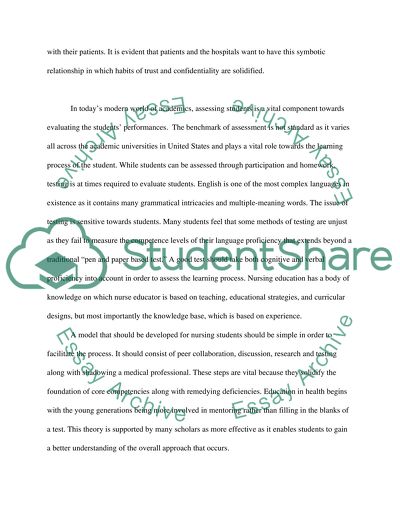Cite this document
(“Facilitate Learning and Assessment in the Clinical Environment Essay”, n.d.)
Facilitate Learning and Assessment in the Clinical Environment Essay. Retrieved from https://studentshare.org/nursing/1434622-outline-the-ways-in-which-the-mentor-can
Facilitate Learning and Assessment in the Clinical Environment Essay. Retrieved from https://studentshare.org/nursing/1434622-outline-the-ways-in-which-the-mentor-can
(Facilitate Learning and Assessment in the Clinical Environment Essay)
Facilitate Learning and Assessment in the Clinical Environment Essay. https://studentshare.org/nursing/1434622-outline-the-ways-in-which-the-mentor-can.
Facilitate Learning and Assessment in the Clinical Environment Essay. https://studentshare.org/nursing/1434622-outline-the-ways-in-which-the-mentor-can.
“Facilitate Learning and Assessment in the Clinical Environment Essay”, n.d. https://studentshare.org/nursing/1434622-outline-the-ways-in-which-the-mentor-can.


